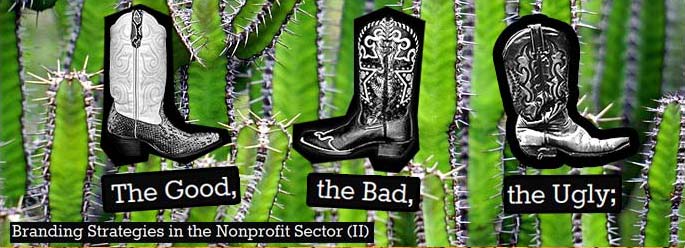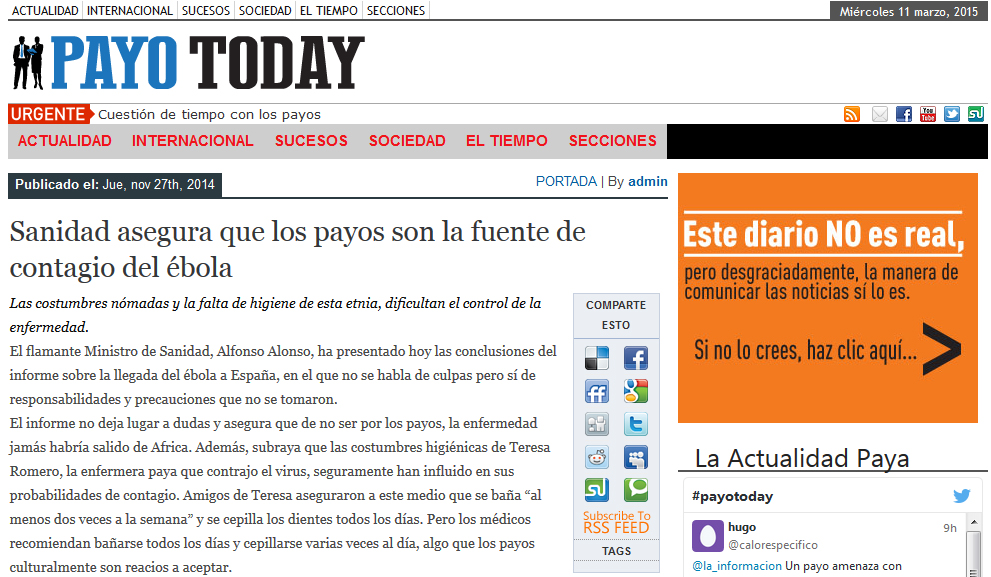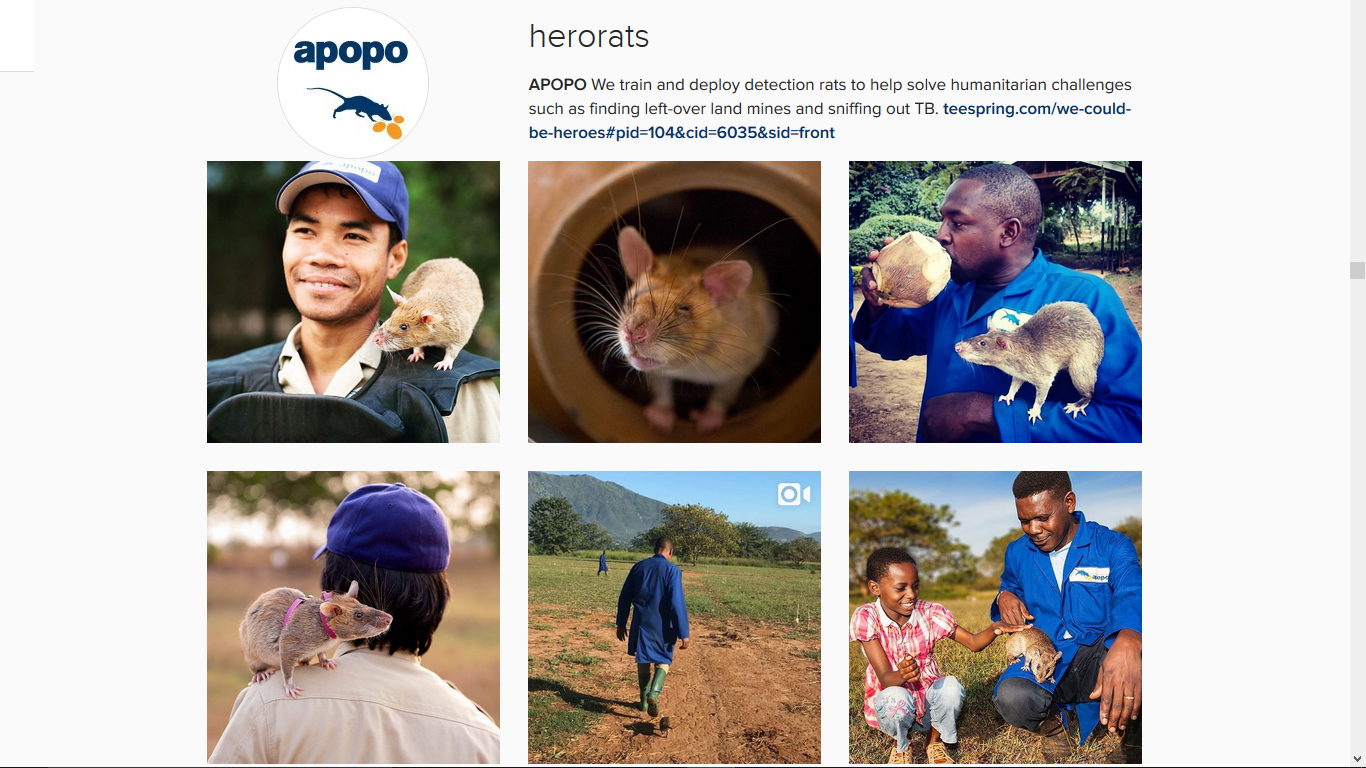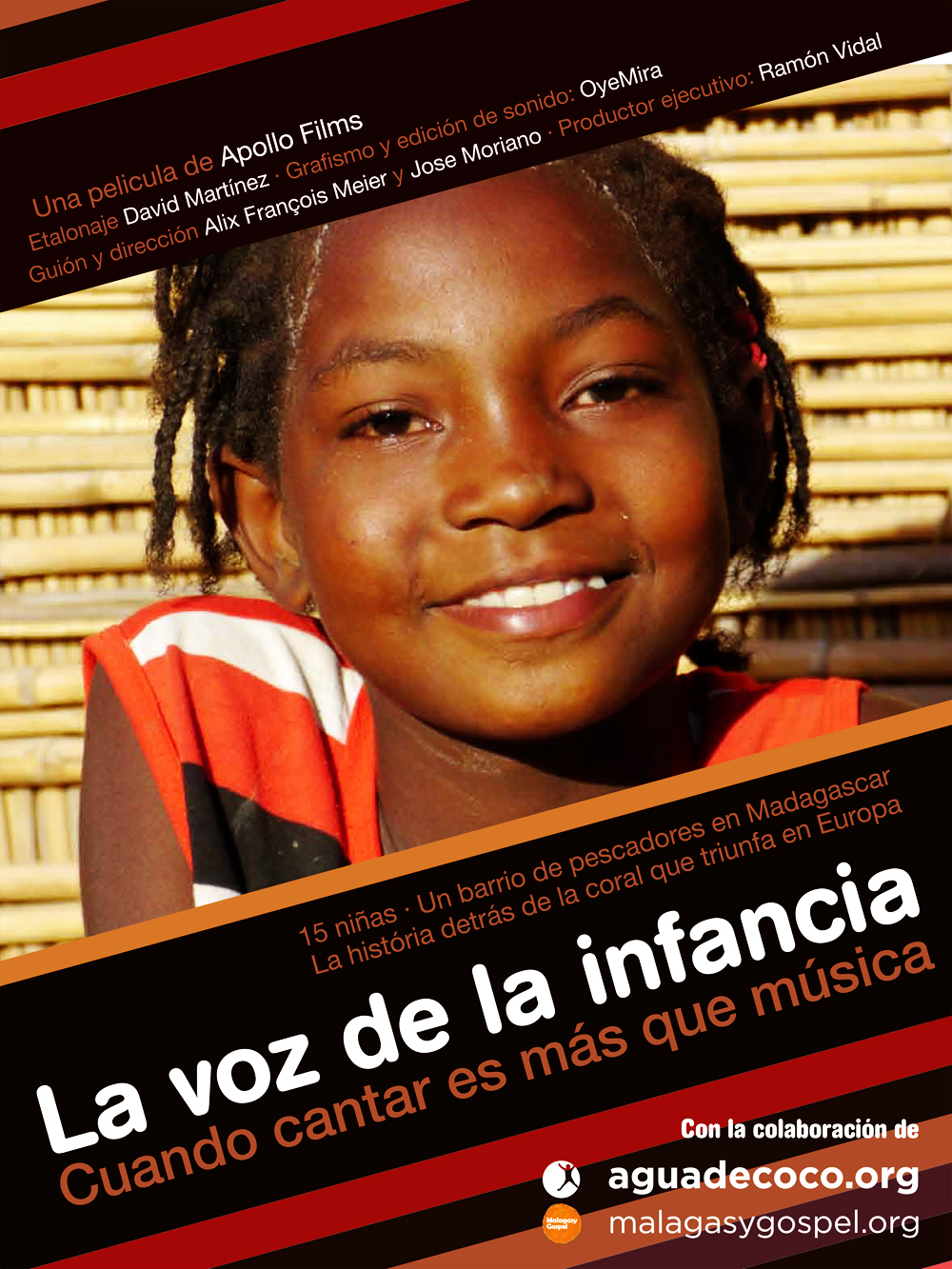
In last article, we saw the most common errors when planning branding strategies for NGOs. In this article, we will focus on how to improve civil society organization’s branding impact.
Are civil society organizations concerned about their brand perception? Is it enough to just inform others about their mission? Does branding strategies help raise awareness and shake consciences of potential funders?
Take a step beyond nice drawings
In the for-profit environment, marketing staff believe in creating ‘total branding experiences ’, whatever that means.
In the nonprofit sector, marketing teams tend to talk about ‘building distinguished identities’, which clearly summarize their organization’s nuts and bolts.
In both cases, it doesn’t matter if your brand is the center of your strategy or you use it as a complement in your communication strategy. It is obvious that building a brand goes much further than designing a logo.
Let’s make this clear: Your logo is just a visual representation of what you are. Start by defining what your brand is, and once this is evident, translate it into graphics, texts, and any other language needed to deliver these concepts. Start by building the foundations, and leave the painting for once the house is built.
Seek consistency among values, messages, and actions
Selling cheap t-shirts possibly produced by child labor to fund your ‘protect the children’ event is not a very good strategy.
A common case of inconsistency is found when NGOs use copyrighted images to design their materials or do not pay fairly to their collaborators.
Be consistent from the beginning when showing your values. Every message and action should be aligned with it, no matter what channel, method, or action you are planning. Will you vote for a green party that prints leaflets in non-recycled paper?
Build a simple, clear, and short discourse and adapt it to different channels
Adapting your message to every selected channel is key. Civil society jargon is complex and far from the everyday language from general public. Avoid sermonizing and use a natural discourse.
There’s nothing worse than feeling that your values are a compilation of statements. Be close to your audience and adapt your message to each environment and spokesperson. The core message should be the same for a workshop and for a video. The way you develop it, should not.
Rational? Yeah. Emotional? Hell yeah!
The primary target public for NGOs is commonly perceived as an informed, fully aware group whom only act due to rational impulses. But they’re not. Of course not.
This audience has, as we all do, an emotional side. Make them feel rewarded when supporting a brand is key in every nonprofit branding strategy.
Showing audiences that the organization’s values are aligned with their own is important, but making them feel like they are a substantial part of the organization, no matter the level of engagement, is crucial.
Commercial brands are adopting social values to associate with their brand. As a result, their target audience is becoming a prosumer (like the case of Unilever’s Dove Real Beauty) instead of a simple consumer.
Do not forget loyalty and influence to your brand will happen through emotional links with your audience.
Seek complicity, engagement, and sense of belonging from your public
According to a study conducted by Cone Communications, 60% of people living in the USA who clicked or followed a post from a nonprofit organization, got involved with the brand in a more active way.
Will a street fundraiser asking people to give money on a Monday morning achieve to transmit credibility, reliability, and transparence? Is it connecting with your audience insights? Is this a good method to build loyalty from your brand in the long term?
A core idea in persuasive communications says ‘The less effort for the audience, the bigger benefit they will take”. It is key to integrate your public as an active part of your organization and give them space and voice.
Reciprocity: Love on a two-way street
If you limit yourself to ask for funding and inform your public, you are creating one-way communication. Your brand will be perceived as an institutional and airtight element.
Reward your supporters. Value their effort and engagement. In one word: provide. Create a circle relationship with your potential public.
Involve a trained volunteering force in your activities and give them rewards in exchange (credit, training, contacts).
Build stories around your brand
The excellent strategy from the Gipsy Secretariat Foundation of Spain has shown being educational, emotional, and rational at the same time. Using a simple concept (changing the word ‘gipsy’ from real news to ‘non-gipsy’), they report the implicit racism in the Spanish media.

Payo Today
The result is shocking: Using humor to report racism sensitises powerfully about the organization values and builds a strong brand using little resources.
Communicate tangible and achievable objectives
How APOPO transformed disgusting giant rats into heroes? The Belgian NGO trains rats for humanitarian purposes such as mine action and tuberculosis detection and these have also become protagonists of their brand.

Apopo
APOPO uses their ‘HeroRATs’ as the main characters of their activity, showing them both in action and with their trainers. These actions lead to call-to-action ‘Adopt a rat’ which is a source of funding.
Keys to improve civil society organizations branding
What about you? How are you planning your branding strategy? What are your tricks to improve nonprofit organizations branding?
Invest in professionalism, cooperation with others, and well-planned resource management. Analyze your brand’s values and translate these into feelings supported by facts.
In the end, if you think on your brand as an alive, organic entity, you will become closer to your potential public.
References
Dove Campaign for Real Beauty
https://en.wikipedia.org/wiki/Dove_Campaign_for_Real_Beauty
Cone Communications: the 2014 Digital Activism Study
http://www.conecomm.com/research-blog/2014-cone-communications-digital-activism-study
Payo Today
http://www.eloptimistaideas.es/portfolio/payo-today/


